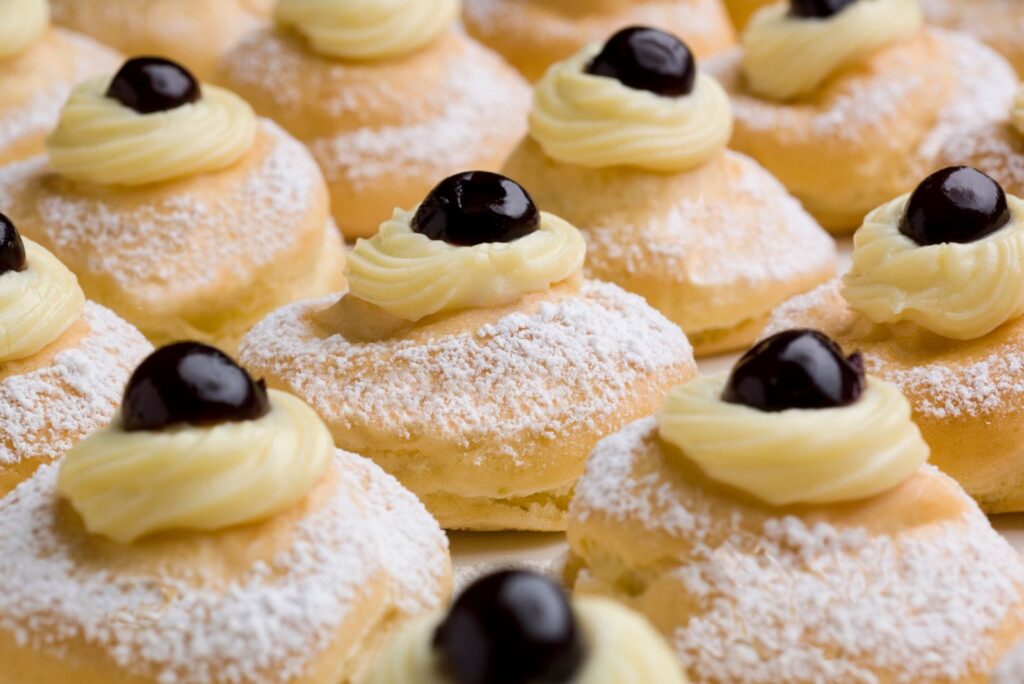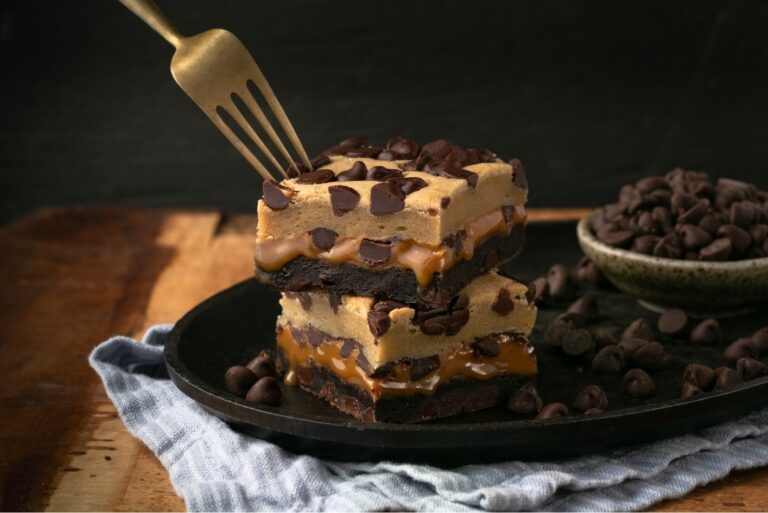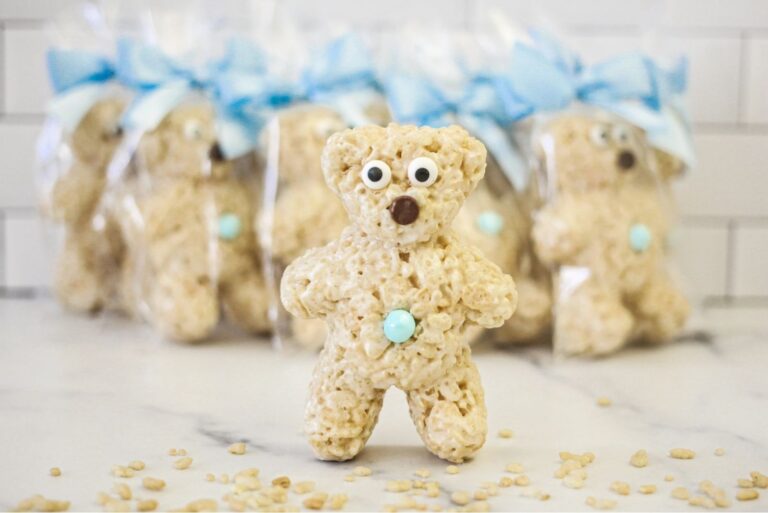KANSAS CITY, MO — When COVID-19 hit, commercial baking companies in crisis mode focused on immediate needs like instituting new health and safety protocols and keeping store shelves stocked, all while many new product initiatives were stuffed into a desk drawer. As bakery sales have leveled out from the massive spike experienced during the early pandemic, it’s time to take a pulse check on where consumers are today … and what innovations are worth revisiting.
“The transformations in habits and demographics place bakeries in a better position for growth today in comparison to 2019,” said JP Frossard, consumer foods analyst for Rabobank. He said that now is the time to focus on consumer engagement and lean into experimentation, even with a host of new disruptors.
In fact, it’s more important now than ever before.
“Understanding which trends are gaining momentum and how they’ll disseminate and influence consumer shopping and eating practices will help businesses identify, create and take advantage of emerging growth opportunities,” said Shelley Balanko, senior VP at The Hartman Group.










